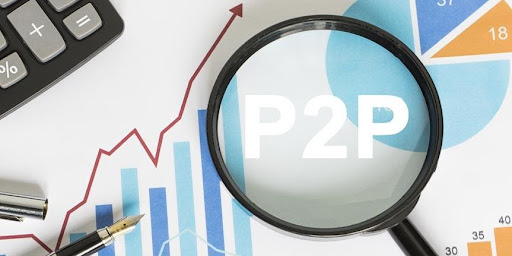Successful companies understand that, in today’s global and growing competitive economy, it is important to take a holistic approach to all aspects of the business. This creates a shift in the way jobs are done, especially in the procurement and finance sectors, where processes are repetitive, tedious, and time-consuming.
The most important thing is to re-evaluate the procure to Pay (P2P) process remotely for your business operations. The Procure-to-Pay (P2P) process starts with the requisitioning of goods and services and ends with processing payments to suppliers. But a fully integrated P2P system is more than that, a procure to pay systems is an efficient and effective solution that combines touch less automation to reduce errors and increase your company’s bottom line.
Not sure what next-generation procure-to-pay can do for your business? Below, we’ve outlined the top five benefits of using the latest in P2P technology.
1. Procure-to-Pay usability drives user adoption.
User adoption is critical to the success of any P2P solution. Next-generation technology significantly improves the antiquated practice of having to navigate from the e-Procurement system, to hosted catalogs, to the varying degrees of quality in medius sites, just to complete a requisition.
A next-generation platform should embrace a single, searchable interface and the consumer-like online shopping experience that users crave. Instead of the disjointed experience between internally hosted catalogs and third-party websites, shoppers should be able to quickly find, compare and purchase across multiple suppliers in one interface. Because of this approach to usability, next-generation P2P requires little to no training but returns.
2. Transparent supplier relationships eliminate communication barriers.
Suppliers want transparent relationships with their customers. The more they know, the better. The best procure-to-pay solutions eliminate barriers to entry, enhance visibility into the partnership between suppliers and buyers, and reduce the costs of conducting business.
Because suppliers are bombarded with B2B integration requirements from their customers and prospects, P2P enablement needs to be packaged in a way that is easily understood and consumed by the supplier. Suppliers are more willing to comply when they know enablement is simpler, visibility into the account is holistic, and there is ultimately a quantifiable savings.
3. Spend analytics gives you more control.
Do you have the ability to breakout and analyze spend across all categories? How about track savings and budgets within each cost center? P2P spend analytics should give your insight into, and control over, both.
With access to real-time strategic data across the entire buying landscape, department heads have the visibility to drive better spending decisions and unlock savings opportunities. In turn, procurement and finance in particular, have a better sense for where company money is being spent and how savings might be generated.
4. Automation makes you more efficient.
The automation of workflows in next-generation P2P solutions minimize time spent on manual processes, and can even make existing automated processes more effective.
The most common problem area for the global enterprise is around invoicing. Typically, invoice processing is manually reviewed and approved. This process is not only time consuming, but it can also result in missed early payment discounts or late payment penalties.
By configuring the workflows appropriately, you can eliminate the need for manual rerouting of approval requests, achieve faster cycle times, increase purchase order processing, and shorten supplier lead times, as well as quickly track and approve exceptions. These workflows help to better manage and allocate head count accordingly.
5. Contract compliance saves money.
Operational efficiency is crucial to successful procurement processes. And procurement can’t operate without contracts. Effective contract processes and transparent spending in next-generation P2P solutions enable organizations to achieve contract compliance while driving savings through efficient spending.
But once you have contract compliance, what can it do for you?
. Provide guidance and insight into processes.
. Convert operational efficiency into realized savings.
. Clearly define and communicate specific contract details.
. Effectively manage suppliers.
Every organization wants to be more efficient and effective. What’s your vision for how next-generation P2P can benefit you?










